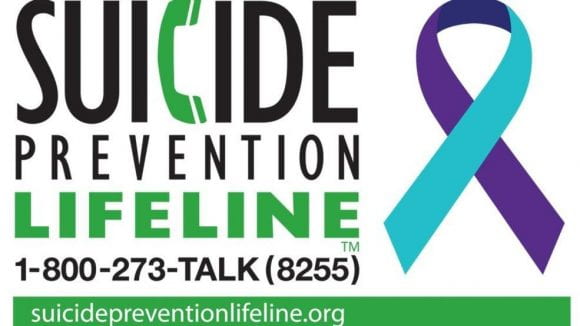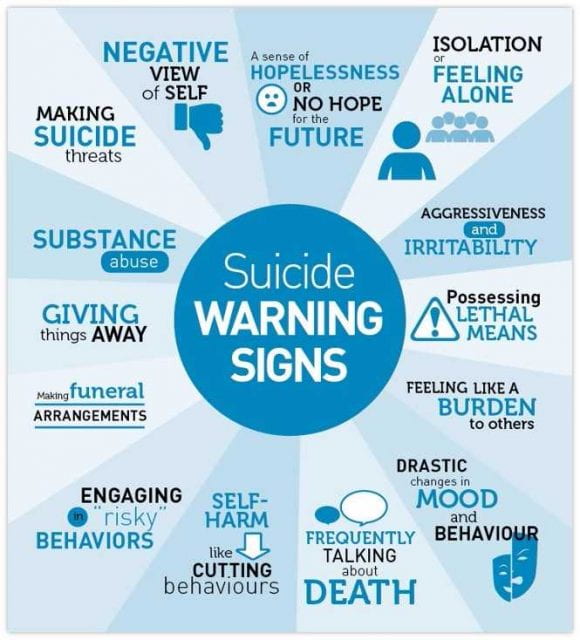Mentorship programs and relationships such as the Summer Mentorship Program (SMP) for “underrepresented demographic Toronto area students interested in healthcare careers”, are designed to “strengthen intrapersonal processes, with the goal of increasing successes and reducing failure” (Ogilvie, 2010; as cited in Gruman, Schneider, & Coutts, 2017, p 288). The SMP has been so successful toward fostering ambition and self-awareness/worth within the students that enter its four-week program that what was originally a pilot program has run continuously now for 25 years (Ogilvie, 2010; as cited in Gruman et al., 2017, p 288)
Merriam-Webster dictionary (2021) defines a mentor [noun] as “a trusted counselor or guide”. The United States Army (Army) defines mentorship as “A voluntary and developmental relationship that exists between a person with greater experience and a person with less experience, characterized by mutual trust and respect” (HQDA, 2017). In-fact, the Army believes in the power of developing potential through mentorship so much that it launched the Army Mentorship Program in 2005 and referenced mentorship 17 times in its organization’s regulation toward Profession and Leadership Policy (HQDA, 2017), and it is only a 40-page document (extremely brief for a published Army Regulation). What is most important, is the reason why the Army believes in mentoring junior soldiers (Army, 2013, Stand-to):
Mentorship is a powerful tool that helps to build competence, leadership skills, self-awareness and morale. Through this program, mentees can advance their confidence, skills, and capabilities; maximize their potential; and grow beyond their expectations. Army is persistently fronted by evolving threats and adversaries and a thriving mentoring program proves to be an important component to ensuring enhanced force readiness and resilience.
What the Army does not mention in any of its references or resources devoted to mentorship is the intrapersonal processes involved, and why as an organization (as opposed to research or academia) would they, really. Rather, the department enthusiastically embraces the developmental growth that results within its ranks when such relationships take root, just as the SMP has in Toronto. However, leadership does not occur in a vacuum, nor does the development of subordinate leaders, and mentorship is therefore an inherently social arrangement. The intrapersonal aspect, being within, confronts the processes effecting “attitudes, motivation for achievement, and self-efficacy of an individual” (Gruman et al., 2017, p 289), all of which can present obstacles to academic or professional learning and growth if in a bad standing. Highly regarded individuals serving as mentors have an outstanding platform from which to help their mentee overcome the intrapersonal obstacles in the way of their growth and performance, or to strengthen resolve toward continued betterment of the processes.
For many of the same reasons as the doctors and other medical staff did and continue to do annually for youth of underrepresented demographics, and the United States Army encourages mentorship relationships between senior and junior soldiers, mentorship can offer guidance, enrichment, and growth to any occupation or pursuit where two willing parties of varying experience and expertise can come together and devote time toward a particular goal.
References
Army Mentorship Program (2013). Stand-to. United States Army. Web. Retrieved from https://www.army.mil/standto/archive/2013/12/09/
Army Regulation 600-100 (2017). Army Profession and Leadership Policy. Headquarters Department of the Army. Washington, DC. Retrieved from https://armypubs.army.mil/epubs/DR_pubs/DR_a/pdf/web/ARN3758_AR_600-100_FINAL_WEB_.pdf
Gruman, J., Schneider, F., and Coutts, L. (Eds.) (2017). Applied Social Psychology: Understanding and Addressing Social and Practical Problems (3rd ed.). Thousand Oaks, CA: Sage Publications. ISBN 978-1-4833-6973-0. pp. 288-290, 291, 293)
Miriam-Webster (2021). Mentor. Dictionary. Web. Retrieved from https://www.merriam-webster.com/dictionary/mentor



